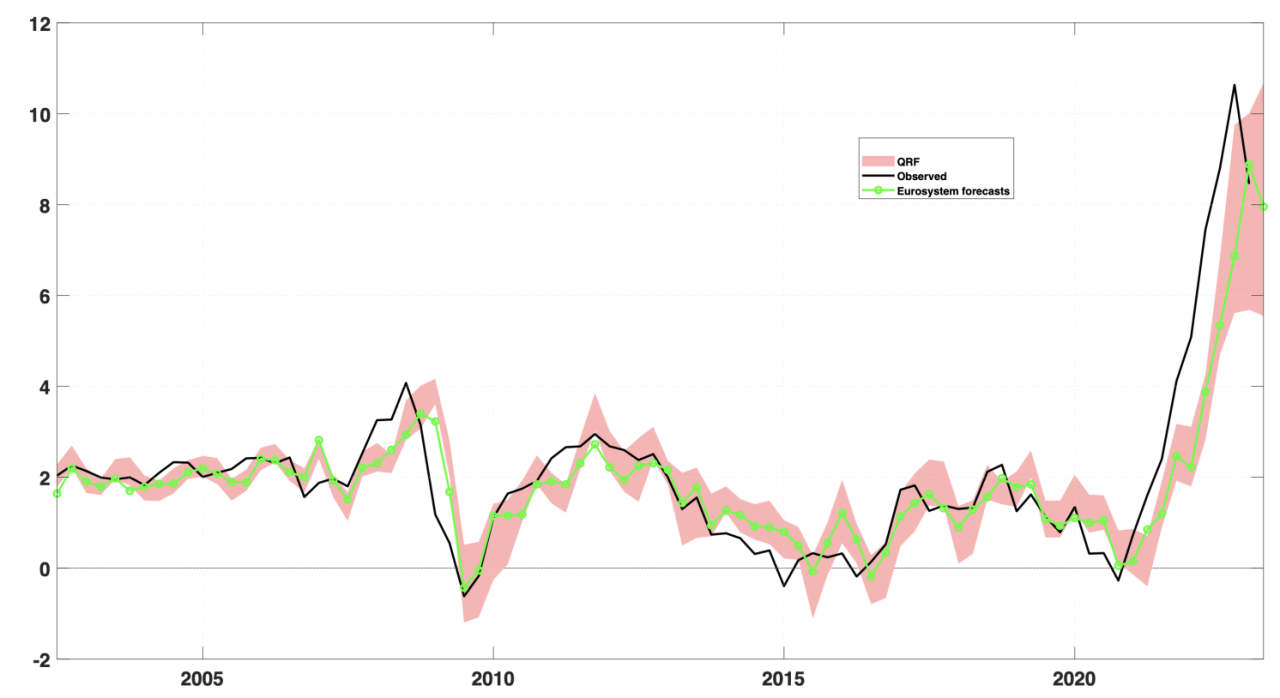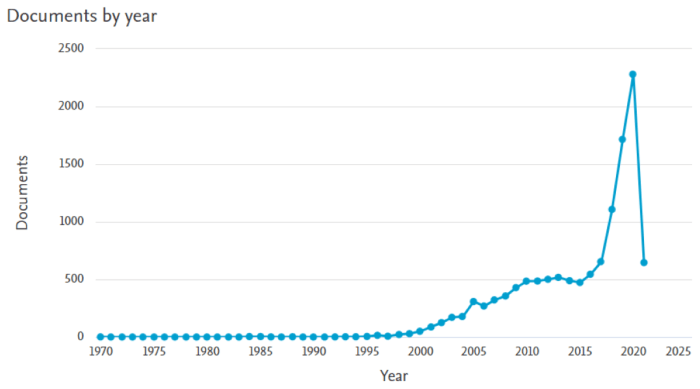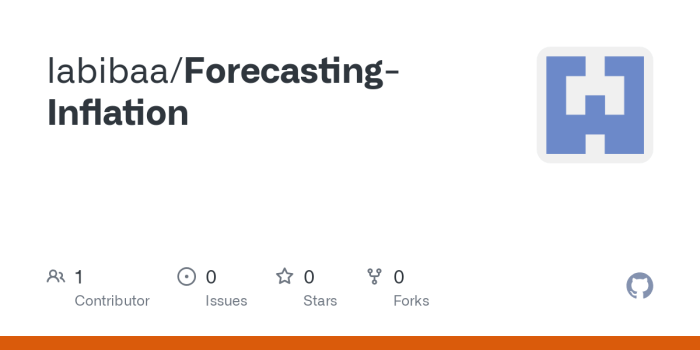Inflation, the silent thief of your purchasing power, is a topic that keeps everyone on edge. From the price of gas to the cost of groceries, it seems like everything is going up! But what if we could predict this economic storm before it hits?
Enter Bard, the AI chatbot that can analyze tons of market data and give us a glimpse into the future of inflation. Think of it like the economic equivalent of a crystal ball, but powered by algorithms instead of magic.
We’ll dive into the factors that drive inflation, how current market data can be used to forecast future trends, and how Bard’s AI smarts can help us navigate this tricky economic landscape. Get ready to unlock the secrets of inflation forecasting!
Understanding Inflation and Market Data

Inflation is a significant economic indicator that reflects the general increase in prices for goods and services over time. It’s a complex phenomenon influenced by a variety of factors, making it a challenging aspect to predict.
Factors Influencing Inflation
Several factors contribute to inflation, including:
- Supply and Demand:When demand for goods and services exceeds supply, prices tend to rise. For example, if there’s a shortage of oil, the price of gasoline will increase.
- Government Policies:Fiscal and monetary policies implemented by governments can significantly impact inflation. For instance, increased government spending can lead to higher demand, potentially pushing prices up. Similarly, printing more money (quantitative easing) can devalue currency and contribute to inflation.
- Global Events:Global events such as wars, natural disasters, and pandemics can disrupt supply chains and impact prices. For example, the COVID-19 pandemic disrupted global trade and caused shortages, leading to increased prices for certain goods.
Using Market Data to Predict Inflation
Market data provides valuable insights into current economic conditions and can help forecast future inflation.
- Commodity Prices:Tracking commodity prices, such as oil, gold, and agricultural products, can indicate potential shifts in inflation. For instance, a rise in oil prices suggests higher transportation costs, potentially leading to increased prices for goods and services.
- Consumer Spending:Consumer spending patterns, as reflected in retail sales data, provide a measure of consumer confidence and demand. Higher consumer spending can indicate increased demand, potentially driving prices up.
- Interest Rates:Interest rates set by central banks influence borrowing costs for businesses and consumers. Higher interest rates can slow down economic activity and reduce demand, potentially curbing inflation.
Key Market Indicators for Inflation Forecasting
Several key economic indicators are widely used to predict inflation:
- Consumer Price Index (CPI):The CPI measures the average change in prices paid by urban consumers for a basket of consumer goods and services. A significant increase in CPI indicates rising inflation.
- Producer Price Index (PPI):The PPI measures the average change in prices received by domestic producers for their output. A rise in PPI can signal future increases in consumer prices.
- Yield Curve:The yield curve represents the relationship between interest rates on bonds with different maturities. An inverted yield curve, where short-term interest rates are higher than long-term rates, is often seen as a leading indicator of an economic recession and potential deflation.
Forecasting inflation is like trying to catch a greased pig – it’s slippery and unpredictable. But hey, at least we’ve got Bard, the AI chatbot, to help us track the market data and make sense of it all. And sometimes, when things feel totally out of whack, it’s good to remember that even through tough times, things can change for the better, just like the story in this article, Now I See How God’s Amazing Grace Turned Betrayal Blindness and Heartache to Shining Joy.
So, keep your chin up, and let’s see what Bard can tell us about inflation, maybe we’ll find a little silver lining in all this economic chaos.
However, it’s important to note that an inverted yield curve doesn’t always predict a recession, and other factors should be considered.
Leveraging AI for Inflation Forecasting

Think of AI as a super-powered financial analyst that can crunch numbers and analyze data faster than you can say “inflation.” These AI models, especially large language models, are like financial wizards, able to spot trends and patterns in massive datasets that humans might miss.
They can help us predict inflation better than ever before.
Predicting inflation is like finding a hidden garden in the middle of a bustling city. You need to know where to look, and you need to have the right tools to unlock its secrets. That’s where Bard comes in, using its vast knowledge of market data and fact-checking abilities to help you uncover the trends that could impact your wallet.
Just like Mary Lennox discovers the magic of the Secret Garden The Secret Garden , Bard can help you find the hidden gems of economic insights, leading you to a better understanding of inflation’s potential impact.
Benefits of AI in Inflation Forecasting
AI offers a ton of advantages for inflation forecasting, making it a powerful tool for financial professionals and everyday investors alike.
Yo, trying to get a handle on inflation? It’s like trying to catch a greased pig, but hey, Bard’s got your back. This chatbot’s got the lowdown on market data, and it’s all fact-checked, so you can chill. Wanna get your own financial forecast?
Download And Listen Here to learn more. Now you can chill with some knowledge, knowing you’re making smart decisions about your dough.
- Handles Complex Data:AI models can process huge amounts of data from various sources, including economic indicators, consumer spending, and even social media sentiment, which can reveal hidden clues about inflation.
- Identifies Subtle Relationships:AI can uncover complex relationships between different data points that might not be obvious to human analysts. This means they can identify early warning signs of inflation or deflation.
- Adapts to Changing Market Conditions:AI models are constantly learning and evolving, allowing them to adapt to changing market conditions and provide more accurate predictions over time.
AI in Action: Real-World Examples
AI is already making waves in the financial industry, helping to predict inflation and make smarter investment decisions.
Forecasting inflation is a tough gig, like trying to catch a greased pig. You need all the data you can get your hands on, and even then, it’s a wild ride. But hey, just like the article I Couldn’t Do This Alone I Had Help Lessons in Management and in Life taught by EVERY PERSON YOU’LL EVER MEET reminds us, we’re not alone in this.
We’ve got tools like Bard to help us crunch the numbers, so we can try to predict the future, even if it’s as unpredictable as a Kardashian’s next reality show.
- Predicting Consumer Price Index (CPI):Some AI models are being used to predict the CPI, a key measure of inflation, with impressive accuracy. These models consider various factors like energy prices, commodity costs, and wage growth to forecast future inflation levels.
- Analyzing Market Sentiment:AI can analyze social media posts and news articles to gauge public sentiment about inflation. This can help investors understand how consumer behavior might impact prices and adjust their portfolios accordingly.
- Optimizing Investment Strategies:Some investment firms are using AI to develop investment strategies that are specifically designed to hedge against inflation. This means they can help investors protect their assets during periods of rising prices.
End of Discussion

In the end, understanding inflation is crucial for making smart financial decisions. By leveraging current market data and the power of AI, we can gain valuable insights into this complex economic phenomenon. Bard isn’t a magic solution, but it can be a powerful tool for navigating the ups and downs of inflation.
So, stay informed, stay ahead of the curve, and let’s ride this economic wave together!
Frequently Asked Questions
What exactly is Bard?
Bard is a powerful AI chatbot developed by Google that can process vast amounts of information and generate human-like responses. It can be used for various tasks, including summarizing text, translating languages, and providing insights into complex topics.
How can I access Bard?
Bard is currently in its experimental phase and is accessible through a waitlist. You can sign up on Google’s website to request access.
Is Bard a replacement for professional financial advice?
No, Bard should not be considered a replacement for professional financial advice. It’s important to consult with a qualified financial advisor for personalized guidance.

